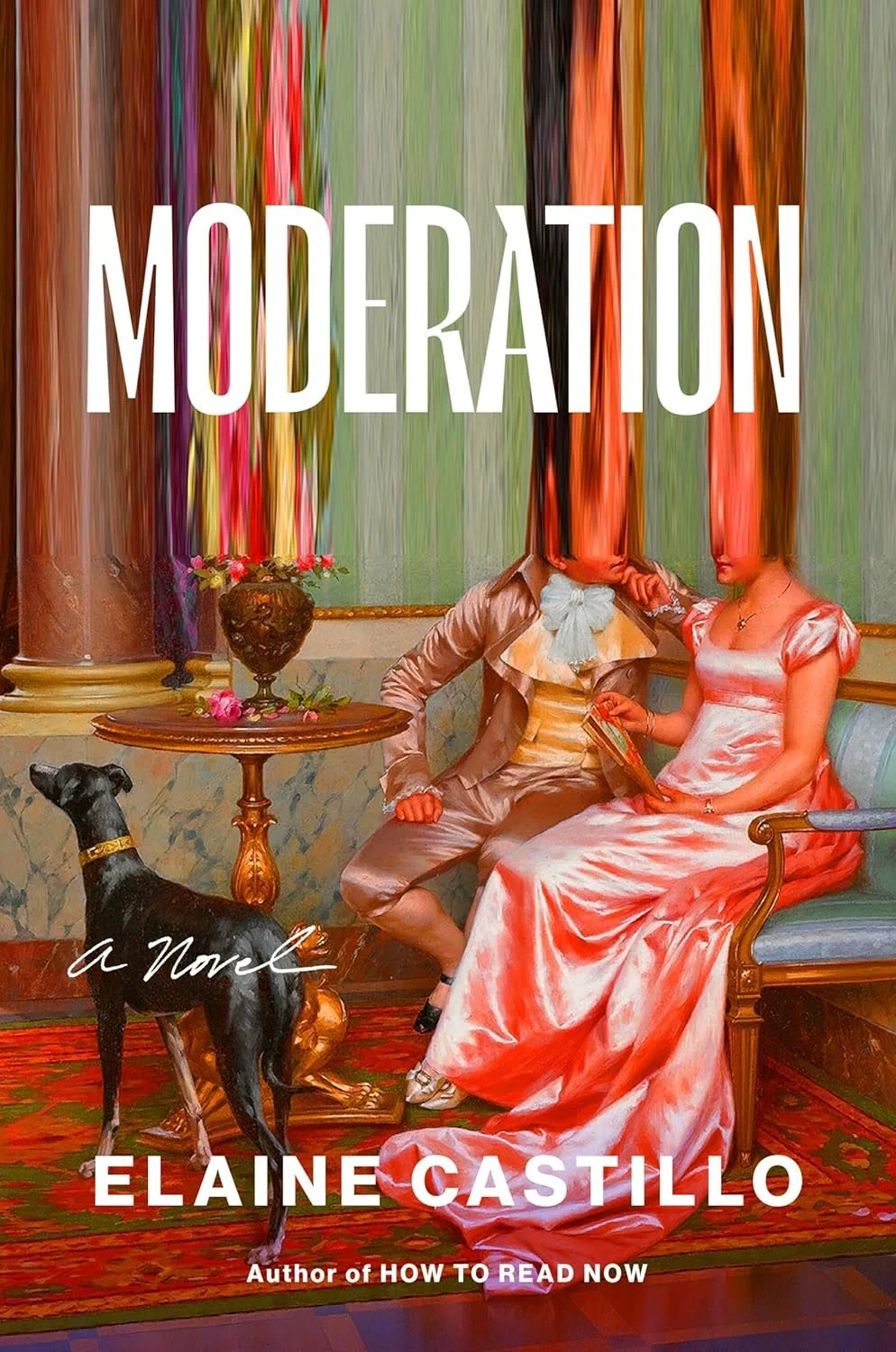In Conversation with Jacqueline Roy
“People of colour have more of a voice and are far more visible in most creative fields, but it is still a struggle, I think. There is certainly more work to be done, and the conversations that were had in Britain in the wake of the murder of George Floyd are evidence of that.”
First, I’d love to know more about the inspiration behind In Memory of Us. You tackle so many themes within the narrative and in your characterisation, and the historical context of the book also feels so vital to the story, so I wonder where your initial starting point for the plot was?
I was born in the mid-1950s. My father was of black Jamaican heritage, and he migrated to Britain in 1944, shortly before the Windrush generation. My mother was of white English heritage. At that time, there were few interracial relationships, so to be of mixed heritage and born in Britain was unusual. There were no books about what it was like to grow up as both black and British then, and even in the 1990s, most publishers weren’t taking on novels by second-generation migrants (i.e. those born in Britain of black parentage). Editors often believed that there wasn’t a market for such stories.
There are far more novels about being black and British now, but the lives of those who were born in the 1950s and 60s have been documented far less extensively than the lives of those born more recently - they are mainly absent. I wanted to reinscribe second-generation black British people into the story of post-war Britain.
The fact that your two main characters are twins is such a beautiful way of exploring identity, dependency, and separation – have twins always been an interest for you or did you choose to write about twins in order to explore other themes?
I first wrote about identical twins in a novel for young adults, published in 1990, and I included non-identical twins – a boy and a girl – in a book I wrote for younger children in 2008, so twins have held a fascination for me for a very long time. Selina and Zora are obsessively close, and they share many of the same experiences, but they remember them very differently. In this way, I was able to explore the theme of memory - the main theme, perhaps, of the novel. Selina is living with dementia, and she is trying to piece together the traumatic events of the past, but I aimed to show that all memory is fragile and unreliable, with or without such a diagnosis – Zora misremembers events too. One of the interesting questions that surrounds identical twins who are raised together isn’t so much what makes them similar, it’s what makes them different, given that they share the same genes and have had very similar experiences. So, another theme is nature versus nurture – what is it that makes us who we are? I think identity is a major interest of mine and I’ve examined this in my other novels for adults, The Fat Lady Sings and The Gosling Girl.
…
Read the full interview in our Innocence Issue, out now.
Editorial Picks




